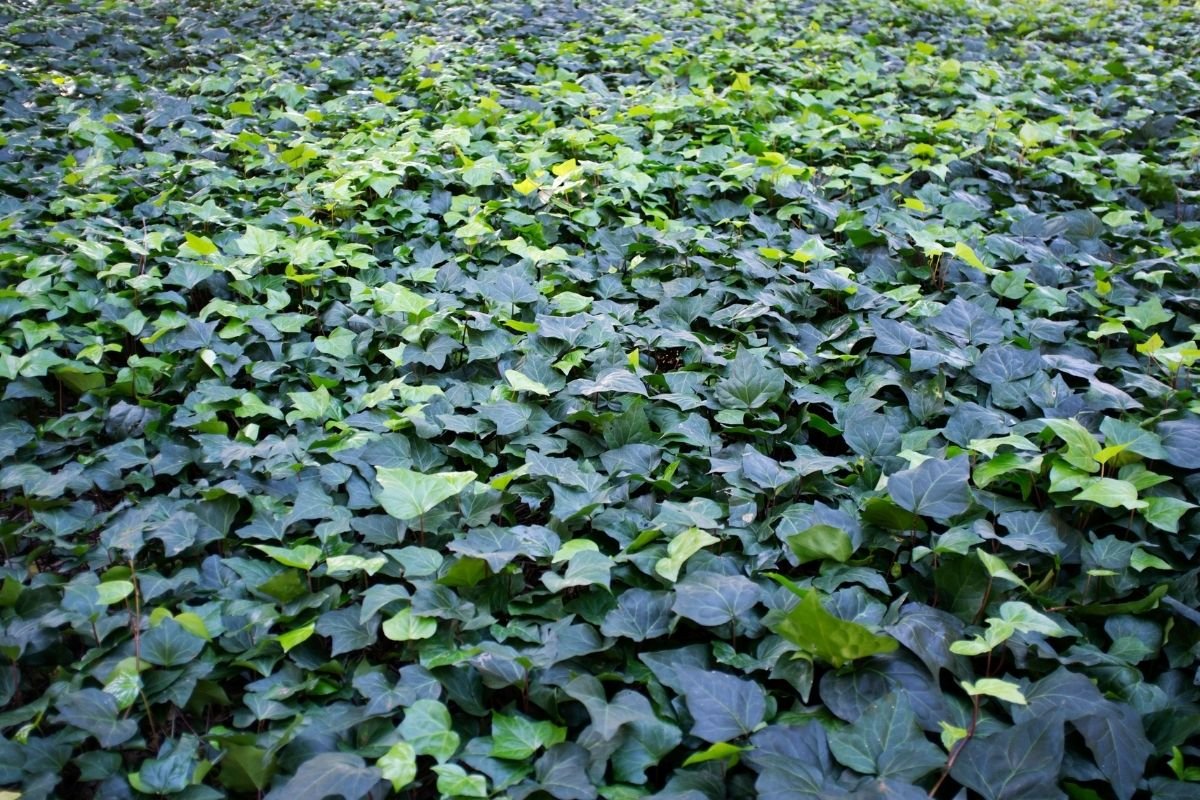Groundcover plants are a time-poor homeowner’s best friend. Rather than spending countless hours pulling out weeds, you can plant ground cover plants that fill every gap to squeeze out weeds and even provide other benefits like erosion control.
However, there are many different options to choose from, and not all of them will be suitable for your property, soil, or region. Before you spend up large at your local garden store, take a moment to consider the following details.
Your Growing Zone
When you see a particular type of ground cover plant thriving in photos on the internet, it’s easy to believe you’ll have the same luck with it. However, what thrives in someone’s yard might fail in your own.
Before planting any unfamiliar plant, check out the New Zealand Plant Hardiness Zone Map. This map details the temperatures experienced in certain areas, allowing you to make an informed choice about the type of plants that can handle your environment.
You may not know it, but certain plants that grow in abundance in the North Island can barely survive in the South Island, and vice versa.
Pest Plants
Not every plant currently growing in your garden is welcome. We have an abundance of pest plants in little ol’ Aotearoa, and you must be careful not to introduce any new ones – even if you believe they’ll be excellent ground cover plants.
For example, Akebia quinate, also known as chocolate vine, looks as pretty as a picture and can be a twining vine or ground cover plant. However, it can also form incredibly dense patches in your garden that kill young trees and shrubs. Birds are also known to spread their seeds, meaning you can end up with more than you anticipated.
Then there’s Fairy Crassula. This creeping succulent with fleshy leaves and pale pink flowers grows well across rocks and in shady areas. However, it often competes with native species and comes out on top.
Your Planting Location
If you have a bare area of ground and believe ground cover plants are the best option for it, consider why it’s bare in the first place. Is a tree blocking light? Does it not get any water? While there are many ground cover plants to suit such environments, it pays to identify the cause of the issue so that you can find a plant to solve it.
For example, anyone trying to deal with shady and damp conditions may like to consider Baby’s Tears. It’s a carpet-like plant that can stop weeds in its tracks.
Protective Barriers
Most ground cover plants don’t know that they’re only allowed to stay where you planted them. Some are spread by undergrown roots, and your lawn can look reasonably attractive for them to head out further than you intended.
If you’re planting your ground cover plants next to a lawn area, consider installing depth edging to separate the garden from the lawns. You can dig narrow trenches where the grass meets the garden, install the barrier, and prevent your ground cover plants from growing over into your lawn area. Otherwise, lawn mowing might just become a new nightmare.
Spread Coverage
Everyone’s needs are different, and every ground cover plant is also different. You might have a small area to cover, or you might have an expansive area to cover. Pay close attention to the spread of any plant you intend to purchase to ensure it’s suitable for your needs and that you buy the right quantity.
Measure the bare area and do some quick maths based on the approximate spread area. For example, if you have a 10x1m area and each plant you buy can spread one metre, you’ll need at least ten to fill the space.
Aesthetics
While your ultimate goal might be to save time weeding the gardens, that doesn’t mean you shouldn’t consider the aesthetics of the plants you’re using to solve that problem.
As you browse the many different options, think about how their textures, shapes, and colours will tie in with the overall style of your garden and home. You might be surprised at how the appearance of ground cover plants can speed up the shopping process.
The best part is, you don’t have to buy just one. Many ground cover plants work in harmony with each other, which means you can end up with a kaleidoscope of colours to enhance the appeal of your garden.
Get Ready for Ground Cover
Now that you know just what it takes to choose the right ground cover plants for your home, it’s time to go shopping! You can then leave weed control up to your newly-installed plants while lawn care companies like Crewcut can take care of lawn mowing, hedge and tree trimming, and much more.





















































